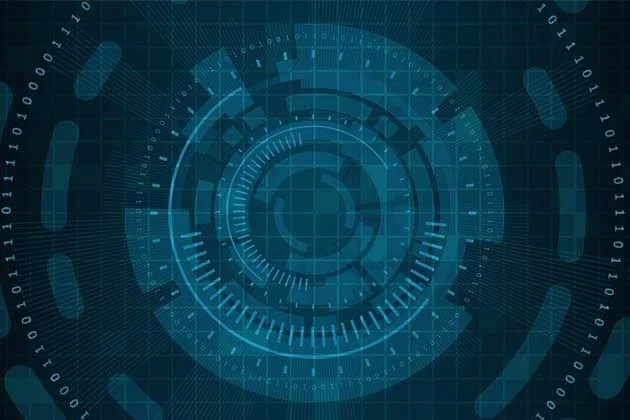While the pandemic is still causing troubles for businesses and organizations everywhere, we can start to hope that things will get to some sort of normal. And a big part of that is due to advanced technologies that made everything possible. In this article we will discuss about those 4 advanced tactics for tackling IT security problems, So without any further delay lets start it.
First of all, due to high-speed internet connections and mobile devices, a large majority of people could stay and work from home. It wasn’t pleasant and there were problems, but we made it through.
Second, due to e-commerce and fast delivery services, we can now order our groceries online, buy everything we need from e-stores, and even enjoy the foods from our favorite restaurants at home.
But technology is not just about modern-day conveniences. Advanced technologies helped health specialists find a solution faster and safer than humans alone ever could. Plus, businesses now use Artificial Intelligence and Machine learning algorithms and chatbots to provide impressive customer service and create better products.
Overall, our lives have been blessed by technological development. Still, every good thing has its dark side and technology has a truly scary one. Cyberthreats and cybersecurity problems have been on the rise during the pandemic. 2020 was dubbed the year that brought a cyber pandemic onto the world, and 2021 followed suit with more cyberattacks and data leaks.
So what about 2022? Is the world ready to move on and face the dark side of technology?
Cybersecurity Tactics to Keep You Safe
#1: Multi-Layered Security Systems
A multi-layered approach requires several security tools that work together to shield your business. Of course, each entity is free to choose its own tools, but some like antivirus, firewall, password management, and two-factor authentication are mandatory.
Businesses should also find a reliable protection service against fraud and use encryption for highly-sensitive communications. Plus, it’s recommended (by specialists) to implement a hierarchic system of access to your database. This way, only employees you can trust should have access to the most sensitive information.
#2: Solid Data Privacy Laws
We already see some changes that will allow authorities to improve their investigative methods into various cyber crimes such as ID theft, ransomware and phishing attacks, and more.
Data privacy has long been a concern, but before GDPR, very few big internet companies took it seriously. Users’ data are their bread and butter after all, so laws that limit access and spread awareness may not be that welcome.
Still, we are making progress and users can now take a closer look into the type of data a company is collecting and why. They also have a right to be forgotten (deleted from a business’s database) and can opt out from various types of cookie settings. Of course, there’s a long road ahead, but today’s online users are more savvy and care more about their privacy.
#3: Cybersecurity Mesh
As the workplace evolves, so should the way we see cybersecurity. That’s how specialists came up with the concept of cybersecurity mesh. This is a broader approach to security, one that doesn’t just build a perimeter around a location (usually the office) and encompasses remote workers.
A cybersecurity mesh is a flexible infrastructure that blends several technologies into a larger network. The idea is to create individual perimeters that can be assembled into a modular structure.
#4: Better Security Solution for Modern Services
Nowadays businesses and individual users work with advanced solutions such as smart devices, IoT tools, partially autonomous vehicles, and so on. All these have to connect to an online database for updates, maintenance, and data transfers, which is what makes them vulnerable in front of an attack.
We already know IoT devices have specific vulnerabilities, while mobile devices we use most commonly (smartphones) are rarely well-protected. This tends to happen because security solutions are all over the place, so users would rather go with the default system.
Luckily, specialists predict that by 2024, we should have several well-developed solutions that solve most problems. Cloud-delivered Secure Web Gateway, Zero Trust Network Access, and Firewall As A Service are only some of the features we’ll become accustomed to seeing in enterprises in the future.
In Conclusion
Even though the situation is a little grim right now, cybersecurity specialists are working hard to tackle the security problems of the future.










